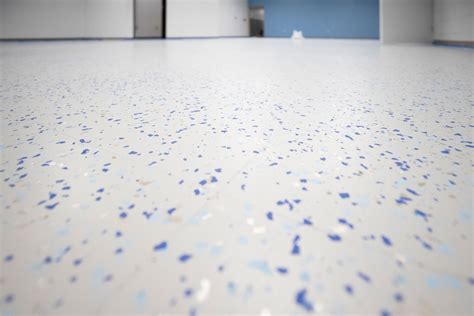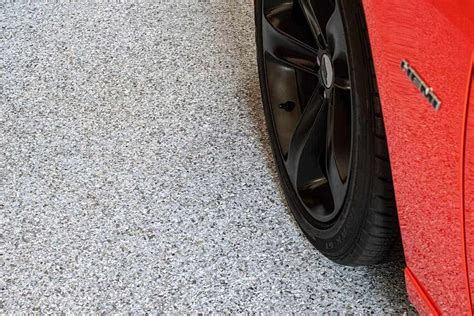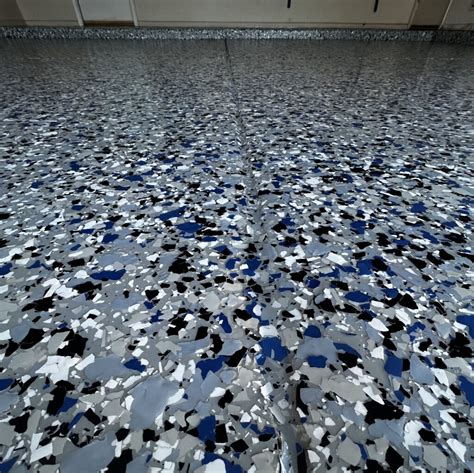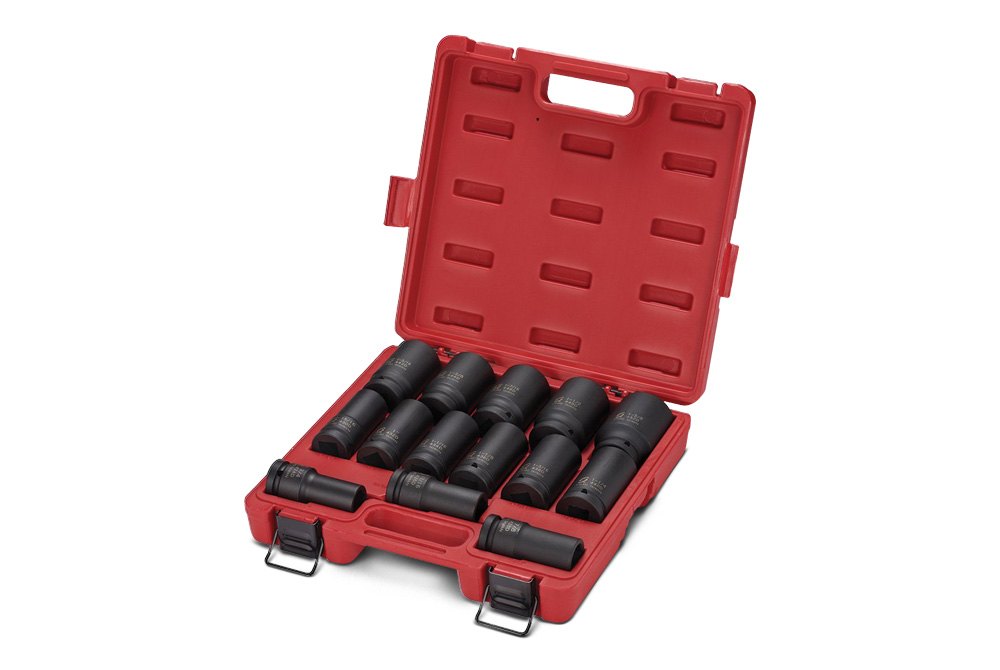Polyaspartic coatings have emerged as a highly versatile and efficient solution in the realm of protective coatings, offering a unique combination of fast curing, excellent durability, and versatile application capabilities. This advanced technology has its roots in the early 1990s and has since evolved to cater to a wide range of industrial, automotive, and construction applications. The name "polyaspartic" originates from the chemical structure of these coatings, which are based on aliphatic polyisocyanates and polyaspartic esters. The specific formulation of polyaspartic coatings allows for a rapid curing process, often within minutes, making them highly appealing for applications where downtime needs to be minimized.
Chemical Composition and Properties

The chemical backbone of polyaspartic coatings consists of an aliphatic polyisocyanate component and a polyaspartic ester component. When these two components are mixed, they undergo a rapid chemical reaction that leads to the formation of a highly cross-linked polymer network. This cross-linking process is responsible for the excellent mechanical properties, chemical resistance, and durability of polyaspartic coatings. One of the standout features of polyaspartic coatings is their ability to cure at low temperatures, which makes them suitable for a variety of substrates and application conditions. Furthermore, polyaspartic coatings exhibit excellent UV resistance, which helps in maintaining their color and gloss over time, especially in outdoor applications.
Applications and Industries
Polyaspartic coatings find applications in numerous industries due to their fast curing, flexibility, and resistance to a wide range of chemicals and environmental factors. In the construction industry, polyaspartic coatings are used for flooring due to their excellent abrasion resistance and ability to withstand heavy foot traffic. They are also used in automotive repair for their rapid curing time, which allows for quicker turnaround times. Additionally, polyaspartic coatings are used in industrial settings to protect equipment and machinery from corrosion and chemical spills. Their versatility and performance have made them a preferred choice for applications where traditional coatings like epoxy or polyurethane may not offer the required balance of properties.
| Property | Value |
|---|---|
| Drying Time | 15 minutes to 1 hour |
| Chemical Resistance | Excellent against fuels, oils, and mild chemicals |
| Adhesion | Strong on metal, concrete, and wood |
| UV Resistance | Good color and gloss retention |

Key Points
- Polyaspartic coatings offer rapid curing times, often between 15 minutes to 1 hour, depending on the formulation and environmental conditions.
- They exhibit excellent chemical resistance, making them suitable for applications exposed to fuels, oils, and mild chemicals.
- Polyaspartic coatings have strong adhesion properties on various substrates, including metal, concrete, and wood.
- They demonstrate good UV resistance, which is beneficial for outdoor applications where color and gloss retention are important.
- The versatility and performance of polyaspartic coatings make them a preferred choice in industries such as construction, automotive, and manufacturing.
Technical Specifications and Considerations

When selecting a polyaspartic coating for a specific application, several technical specifications and considerations come into play. The viscosity of the coating, for instance, can affect its ease of application, with lower viscosities being more suitable for spray applications and higher viscosities for roller or brush applications. The pot life, which is the time available to mix and apply the coating before it starts to cure, is another critical factor, as it dictates the window of opportunity for application. Additionally, the surface preparation of the substrate is crucial for achieving strong adhesion and ensuring the longevity of the coating. This may involve cleaning, grinding, or applying a primer, depending on the substrate and the specific requirements of the application.
Comparison with Other Coatings
In comparison to other types of coatings, such as epoxy or polyurethane, polyaspartic coatings offer several advantages. They cure faster than epoxy coatings and are more flexible than polyurethane coatings, making them less prone to cracking. However, the choice of coating ultimately depends on the specific requirements of the application, including the level of chemical resistance needed, the substrate, and the environmental conditions. A balanced comparative analysis based on established criteria such as cost, application ease, drying time, and performance characteristics is essential for making an informed decision.
What is the primary advantage of polyaspartic coatings over traditional coatings?
+The primary advantage of polyaspartic coatings is their rapid curing time, which can be as short as 15 minutes, making them ideal for applications where downtime needs to be minimized.
Are polyaspartic coatings suitable for outdoor applications?
+Yes, polyaspartic coatings are suitable for outdoor applications due to their excellent UV resistance, which helps maintain their color and gloss over time.
Do polyaspartic coatings require special surface preparation?
+Yes, polyaspartic coatings require proper surface preparation to ensure strong adhesion. This may involve cleaning, grinding, or applying a primer, depending on the substrate and application requirements.
In conclusion, polyaspartic coatings represent a significant advancement in coating technology, offering a unique blend of rapid curing, flexibility, and durability. Their versatility and performance make them an attractive option for a wide range of applications across various industries. As the demand for high-performance coatings continues to grow, polyaspartic coatings are poised to play an increasingly important role in meeting the needs of industries seeking efficient, durable, and chemically resistant solutions.



